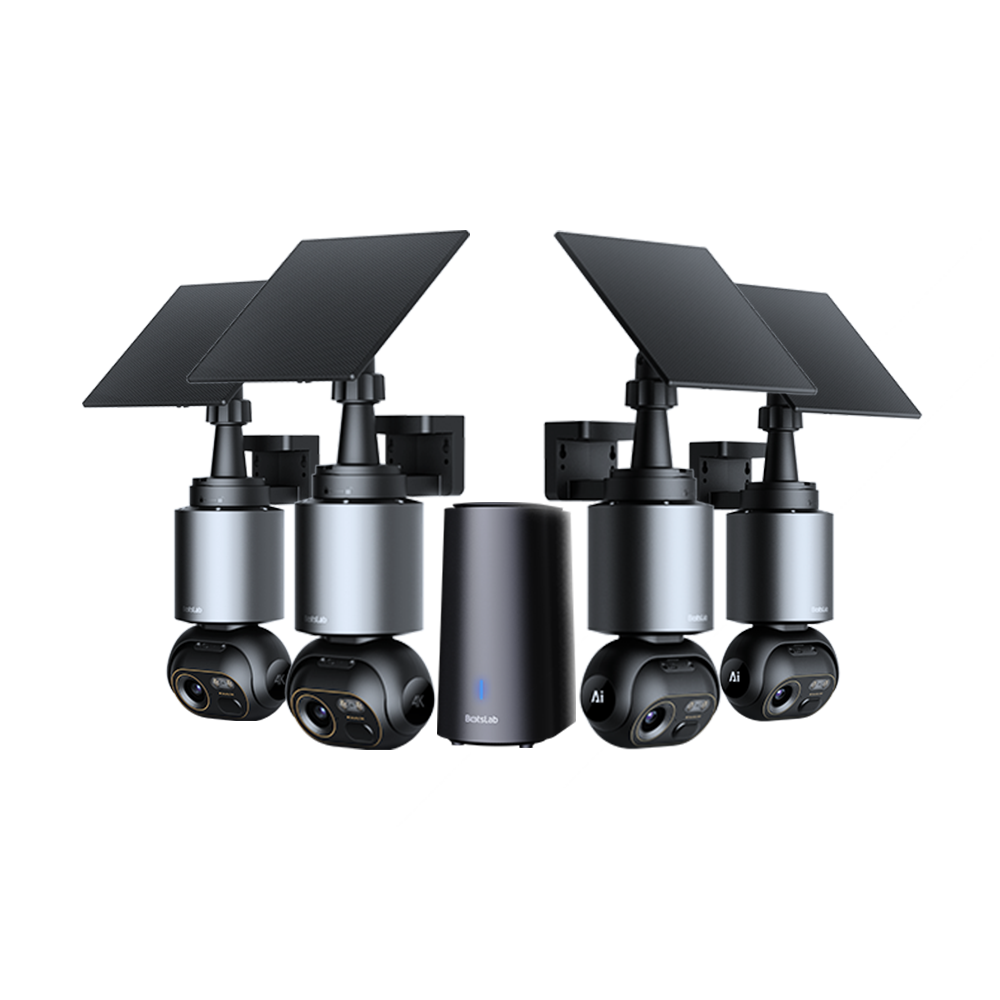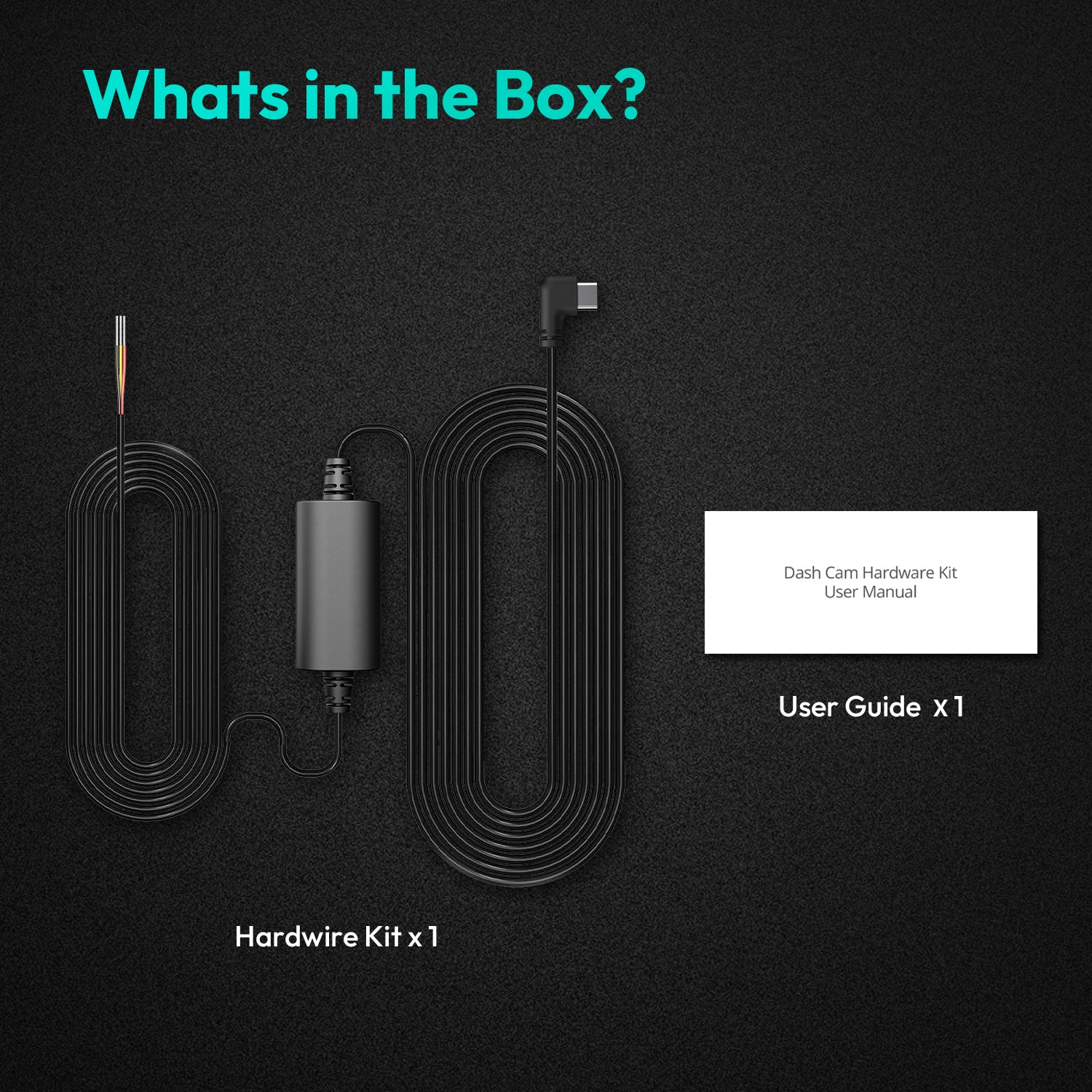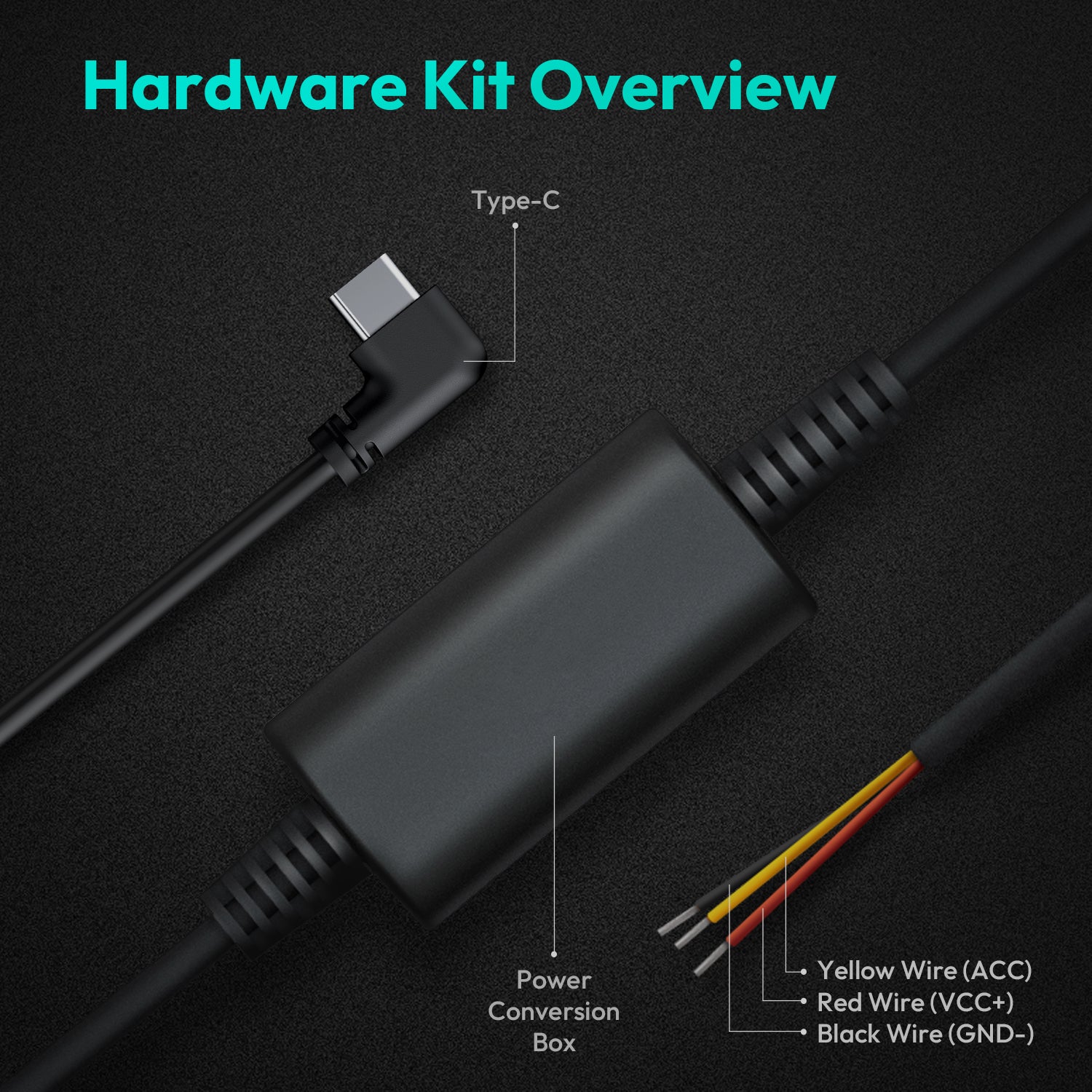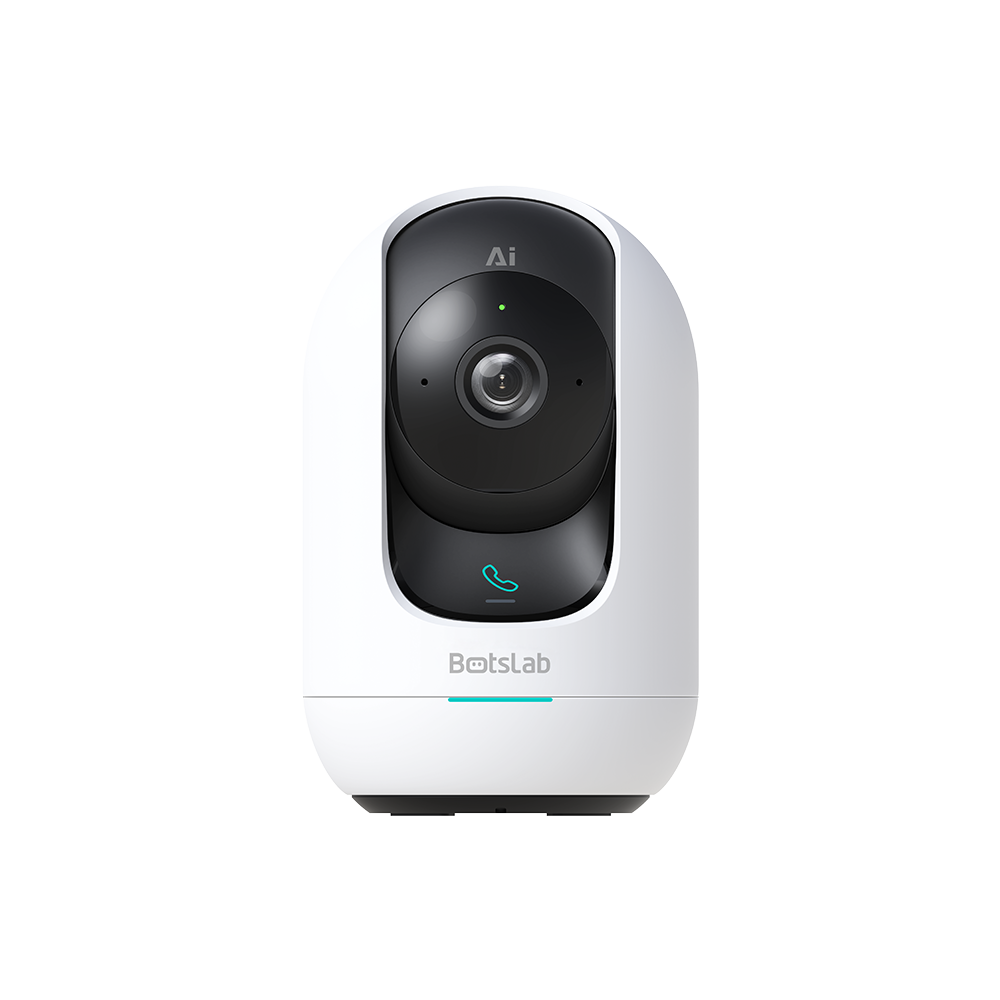Solving bandwidth issues with a 4K security camera involves a multi-faceted approach, including leveraging advanced H.265 video compression, optimizing camera settings like frame rate and bitrate, and utilizing smart recording features such as AI-powered motion detection. This ensures you get crystal-clear detail without overloading your network, allowing for smooth remote viewing and efficient storage.

Table of Contents
- What Exactly Consumes Bandwidth in a 4K Security Camera?
- The Role of Resolution and Frame Rate (FPS)
- Why is Bitrate the Critical Factor?
- How Does the Number of Cameras Impact Your Network?
- How Can Modern Compression Technology Solve the Problem?
- Which Camera Settings Should You Adjust to Reduce Data Usage?
- Optimizing Frame Rate (FPS) for Your Environment
- Choosing Between Constant Bitrate (CBR) and Variable Bitrate (VBR)
- Leveraging Substreams for Remote Viewing
- What is the Smartest Way to Record and Save Bandwidth?
- How Does Storage Choice Affect Your Bandwidth?
What Exactly Consumes Bandwidth in a 4K Security Camera?
The allure of a 4K security camera is its incredible detail. With four times the pixels of a 1080p camera, it can capture faces, license plates, and other critical details from a distance. However, this high-fidelity imaging comes at a cost: data consumption. Understanding the key components that create this data load is the first step toward managing it effectively. Every video stream is a combination of resolution, frame rate, and bitrate, each playing a significant role in your network's performance.
The Role of Resolution and Frame Rate (FPS)
Resolution, measured in pixels, determines the size and detail of the image. A 4K image (3840 x 2160 pixels) contains a massive amount of visual information that must be processed and transmitted. While this is non-negotiable for achieving 4K quality, the frame rate, or Frames Per Second (FPS), is a flexible variable. FPS is the number of individual images captured each second to create a moving video.
A higher FPS results in smoother, more fluid motion but requires significantly more bandwidth. For example, a camera recording at 30 FPS is sending twice as much data as one recording at 15 FPS, all other factors being equal. It is essential to question whether cinematic smoothness is necessary for your security application. For most residential and small business monitoring, 15-20 FPS is more than adequate to capture events clearly without unnecessarily straining your network.
Why is Bitrate the Critical Factor?
If resolution and FPS determine the raw amount of visual data, *bitrate* is the rate at which that data is transmitted over the network. Measured in megabits per second (Mbps), the bitrate directly controls both the video quality and the file size. A higher bitrate means better image quality with fewer compression artifacts, but it demands more bandwidth and storage.
Think of bitrate as the pipeline for your video data. A 4K stream needs a wide pipeline. If the bitrate is set too low for a 4K resolution, the image will appear blocky or pixelated, defeating the purpose of having a high-resolution camera. Conversely, setting it too high wastes bandwidth. Finding the optimal bitrate involves balancing your need for image clarity with the capacity of your network.
How Does the Number of Cameras Impact Your Network?
The bandwidth requirements for a security system are cumulative. The demands of each camera add up, placing a combined load on your network infrastructure. A single 4K camera might require 8-15 Mbps of upload speed for a high-quality stream, but installing four such cameras could easily saturate a typical residential internet connection's upload capacity.
This is especially critical when streaming to the cloud or viewing remotely. Before expanding your system, it is vital to calculate the total potential bandwidth usage. This helps determine if your current internet plan and router can handle the load or if an upgrade is necessary to maintain system stability and performance.
How Can Modern Compression Technology Solve the Problem?
The most significant technological advancement in mitigating the bandwidth demands of high-resolution video is compression. Video compression codecs are sophisticated algorithms that intelligently reduce the size of video files without substantially degrading visual quality. For 4K video, the choice of compression standard is arguably the single most important factor in making it practical for everyday use.
Understanding the H.265 (HEVC) Advantage over H.264
For years, H.264 (Advanced Video Coding) was the industry standard. However, the advent of 4K made its limitations apparent. Its successor, H.265, also known as High-Efficiency Video Coding (HEVC), was designed specifically for ultra-high-definition video. H.265 is approximately 50% more efficient than H.264. This means it can deliver the same level of video quality at half the bitrate, or significantly higher quality at the same bitrate.
This efficiency translates directly into massive bandwidth and storage savings. A 4K security camera equipped with H.265 compression can operate effectively on networks that would struggle to support an older H.264 camera. When selecting a camera, ensuring it supports the H.265 standard is a crucial step in future-proofing your system and avoiding network bottlenecks.
| Feature | H.264 (AVC) | H.265 (HEVC) |
|---|---|---|
| Relative Bitrate | Baseline (100%) | ~50% of H.264 |
| Primary Use Case | 1080p HD Video | 4K/8K UHD Video |
| Efficiency | Standard | High Efficiency |
| Impact on Storage | Higher Requirement | Lower Requirement |
What is H.265+ and Its Impact on Data Savings?
Some manufacturers have developed proprietary enhancements to the H.265 standard, often labeled as H.265+. These smart codecs introduce additional layers of efficiency by optimizing the compression algorithm specifically for surveillance scenarios. For example, they might apply maximum compression to static background elements in a scene while preserving fine detail on moving objects.
This dynamic approach can further reduce bitrate and storage requirements by up to 80% compared to H.264 in scenes with low activity. By intelligently analyzing the video content, H.265+ minimizes redundant data, making 24/7 recording more feasible without overwhelming your storage or network capacity.
Which Camera Settings Should You Adjust to Reduce Data Usage?
Beyond the core technology of the camera, you have direct control over settings that can dramatically influence bandwidth consumption. Fine-tuning these parameters allows you to tailor the camera's performance to your specific needs and network limitations, achieving the right balance between image quality and data efficiency.
Optimizing Frame Rate (FPS) for Your Environment
As mentioned earlier, not every situation requires a buttery-smooth 30 FPS. Assess the area your camera is monitoring. For a slow-moving area like a driveway or a backyard, 15 FPS is often sufficient to capture any event clearly. For a faster-paced commercial entrance or a cash-handling area, you might prefer a slightly higher rate like 20 or 25 FPS. Reducing the FPS from its maximum setting is one of the quickest and most effective ways to lower bandwidth usage without compromising the 4K resolution.
Choosing Between Constant Bitrate (CBR) and Variable Bitrate (VBR)
Cameras typically offer two modes for managing bitrate:
- Constant Bitrate (CBR): This mode maintains a steady, predictable data stream, regardless of the complexity of the scene. It is useful for networks where a consistent bandwidth allocation is critical.
- Variable Bitrate (VBR): This is often the more efficient choice. VBR allows the bitrate to fluctuate, increasing it during moments of high activity or complex motion and decreasing it when the scene is static. This intelligence prevents the camera from using maximum bandwidth to record an empty, unchanging room, saving significant data over time.
For most security applications, VBR is the recommended setting for optimizing bandwidth.
Leveraging Substreams for Remote Viewing
Modern IP cameras can generate multiple video streams simultaneously. The *mainstream* is the full-resolution 4K feed used for recording high-quality evidence. The *substream* is a secondary, lower-resolution stream (e.g., 720p or even lower).
This feature is invaluable for managing bandwidth during remote access. When you view your cameras on a smartphone or tablet, the system can send the low-bandwidth substream instead of the massive 4K mainstream. This results in faster loading times and smooth live viewing without consuming excessive mobile data or straining your home's upload speed. The system continues to record the pristine 4K mainstream locally, ensuring no detail is lost.
What is the Smartest Way to Record and Save Bandwidth?
Continuous 24/7 recording generates a constant and massive data load. Smart recording strategies ensure that your camera is only transmitting and storing video when it matters, representing one of the most effective methods for solving bandwidth and storage challenges.
The Power of AI-Powered Motion Detection
Traditional motion detection is notoriously unreliable, triggered by swaying trees, changing shadows, or passing animals, leading to countless false alerts and wasted data. This is where Artificial Intelligence (AI) transforms security. Modern cameras, like those from Botslab, use sophisticated on-device AI to provide advanced Human Detection, Pet Detection, and even Package Detection.
This intelligence allows the camera to differentiate between meaningful events and insignificant motion. Instead of recording continuously, the camera can be set to record *only* when a person enters the frame or a vehicle pulls into the driveway. This event-based recording drastically reduces data transmission and makes it far easier to find important footage later. It is a smarter, more efficient approach to surveillance that focuses on relevant threats and activities.
How Do Scheduled Recordings Preserve Your Network?
Another intelligent strategy is to implement a recording schedule. You may not need your indoor cameras to record continuously while you are home, or you might only need a business's exterior cameras to be on high alert after closing hours. By setting a schedule, you can define specific times for continuous recording, motion-only recording, or no recording at all. This simple customization prevents the system from generating unnecessary data during periods of low risk, conserving bandwidth for when it is needed most.
How Does Storage Choice Affect Your Bandwidth?
Where your video is stored has a direct and significant impact on your internet bandwidth, particularly your upload speed. The two primary options are local storage and cloud storage, each with different network implications.
Local storage, such as a microSD card inside the camera or a central Network Video Recorder (NVR), keeps all recorded footage within your local network. The video data travels from the camera to the storage device without ever touching your internet connection. Internet bandwidth is only used when you choose to remotely access the live feed or review recorded footage from outside your network. This makes local storage the most bandwidth-friendly option for recording.
Cloud storage, in contrast, requires the camera to constantly upload its video stream to a remote server over the internet. For a 4K security camera, this means a continuous, high-bitrate upload that can place a heavy, persistent strain on your internet connection. While offering benefits like off-site backup and easy access, it is crucial to ensure your internet plan has sufficient upload speed to support the number of cloud-connected cameras you intend to use.






































Share:
How to Choose the Best Wireless Outdoor Camera?
What is the difference between wired and wireless security cameras?